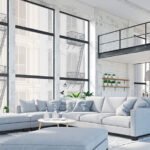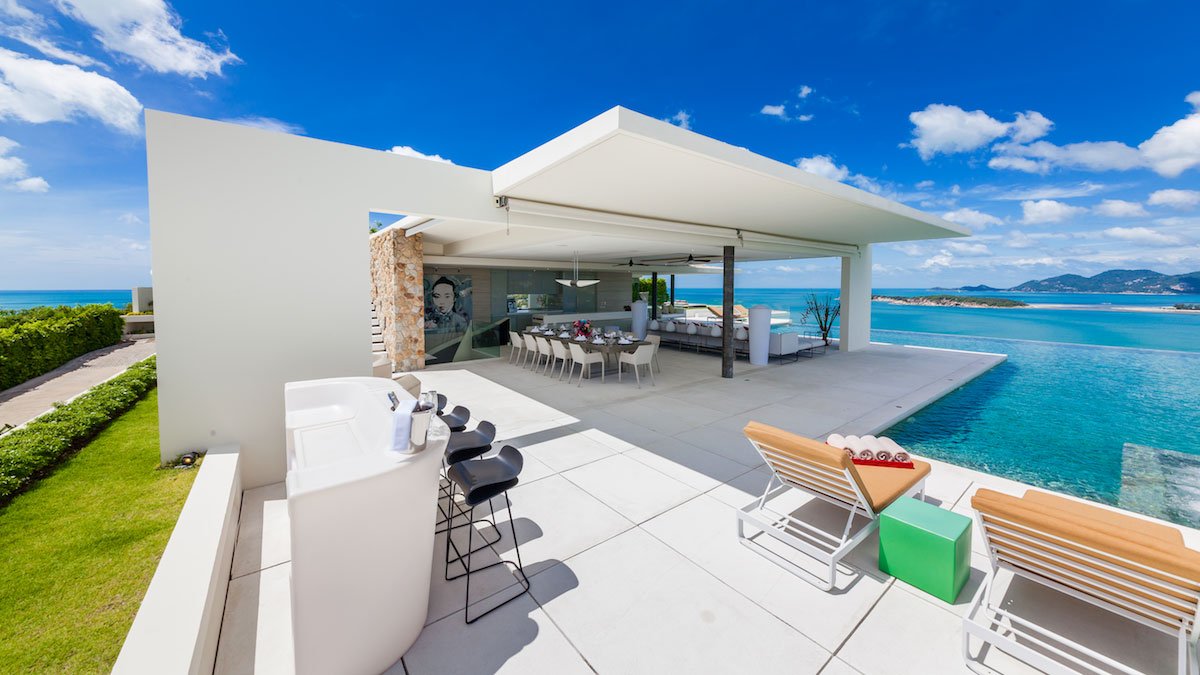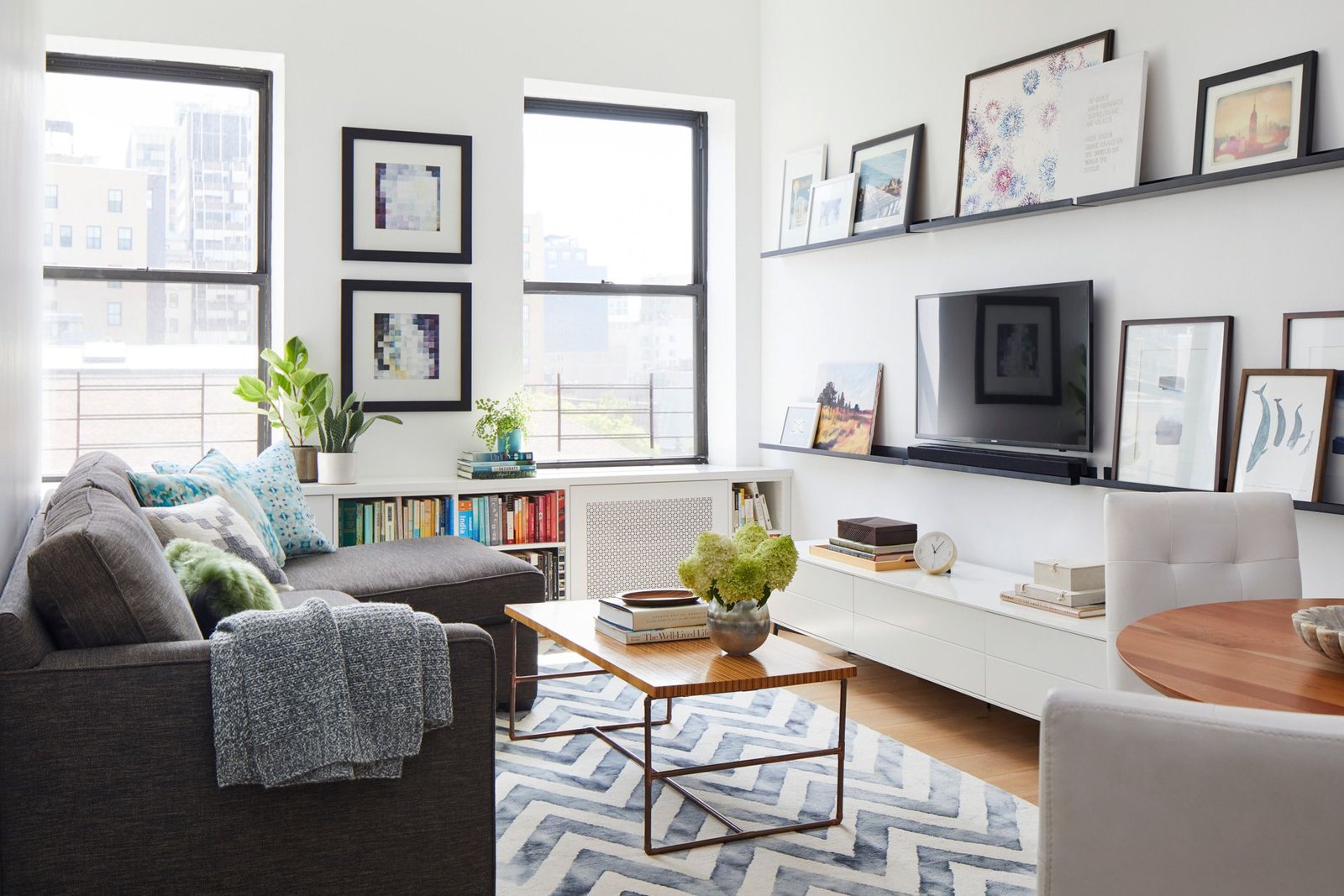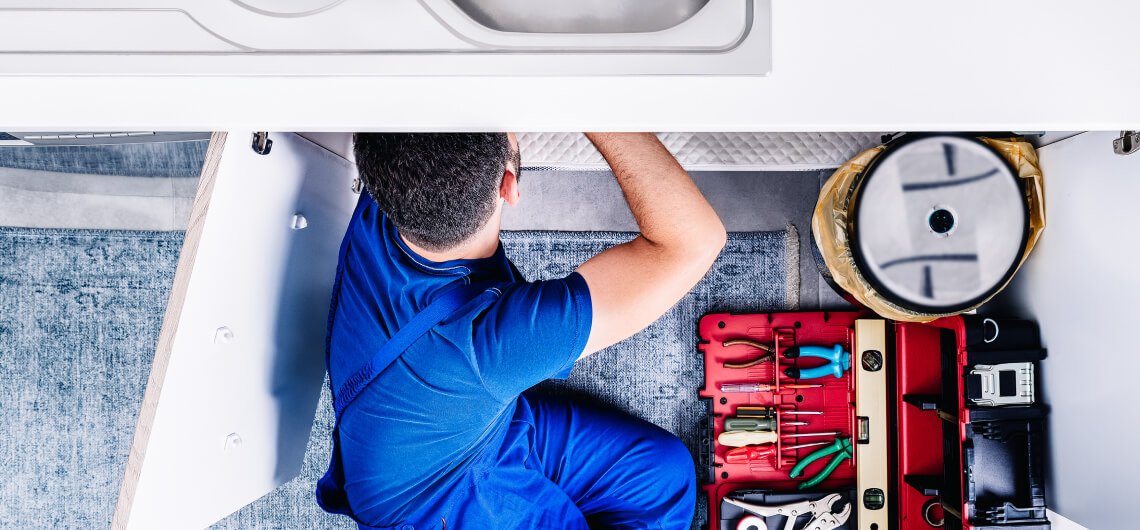The design of apartments is evolving rapidly, influenced by shifting societal trends that prioritize convenience, sustainability, and community engagement. These trends not only reflect changing lifestyles but also cater to the needs and preferences of diverse demographics in urban areas. Here’s a closer look at the societal trends shaping apartment design in today’s modern landscape:

1. Emphasis on Sustainability
With growing environmental awareness, there is a significant emphasis on sustainability in apartment design. Developers and architects are integrating eco-friendly practices and materials to reduce carbon footprints and promote energy efficiency. Features like solar panels, rainwater harvesting systems, and energy-efficient appliances are becoming standard in new apartment developments. Additionally, green building certifications such as LEED (Leadership in Energy and Environmental Design) are sought after, signaling a commitment to sustainable living and attracting environmentally conscious residents.
2. Flexible and Multi-Functional Spaces
The traditional layout of apartments is giving way to more flexible and multi-functional spaces that adapt to varying lifestyles. Open floor plans, convertible furniture, and movable partitions allow residents to customize their living environments according to their needs. This flexibility accommodates remote work setups, home fitness routines, and social gatherings, reflecting the increasing demand for versatile living spaces that support both personal and professional activities.
3. Integration of Smart Home Technology
Advancements in technology have revolutionized apartment living through the integration of smart home systems. Smart thermostats, lighting controls, security cameras, and voice-activated assistants enhance convenience, efficiency, and security within apartments. Residents can remotely manage and monitor their homes, adjust settings, and receive real-time notifications, thereby improving comfort levels and ensuring peace of mind. Smart technology not only enhances daily routines but also appeals to tech-savvy individuals seeking modern amenities in their living spaces.
4. Wellness-Oriented Amenities
Health and wellness have become integral components of apartment design, with a focus on amenities that promote physical fitness, mental well-being, and community interaction. On-site gyms with state-of-the-art equipment, yoga studios, meditation rooms, and outdoor spaces for recreation and relaxation cater to residents’ holistic health needs. Additionally, wellness-focused events and programs encourage social engagement and foster a sense of community among neighbors, aligning with the trend towards prioritizing well-being in urban lifestyles.
5. Integration of Nature and Biophilic Design
Incorporating elements of nature and biophilic design principles has become prevalent in modern apartment developments. Natural light, indoor plants, green walls, and outdoor gardens create a connection with nature, enhance indoor air quality, and promote mental clarity and productivity. Biophilic design aims to create harmonious environments that mimic natural settings, reducing stress levels and improving overall quality of life for apartment residents in urban settings.
6. Community-Focused Spaces and Shared Amenities
Today’s apartment designs emphasize community-building through shared amenities and communal spaces that encourage social interaction and collaboration among residents. Co-working spaces, communal kitchens, rooftop lounges, and entertainment areas provide opportunities for networking, socializing, and cultural exchange within the apartment complex. These shared spaces foster a sense of belonging and create vibrant, inclusive communities where residents can forge meaningful connections and support each other’s lifestyles.
Conclusion
Societal trends are reshaping apartment design to meet the evolving needs and expectations of urban dwellers. From sustainability and flexibility to smart technology and wellness-focused amenities, modern apartments are embracing innovation to create comfortable, efficient, and community-oriented living spaces. By staying attuned to these trends, developers and architects can continue to enhance apartment design, offering residents environments that promote well-being, connectivity, and a high quality of life in urban settings.











